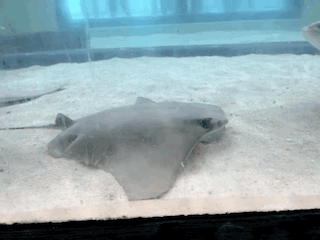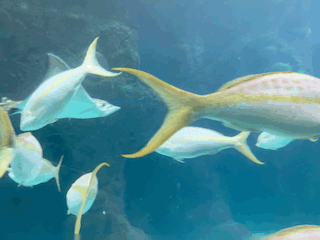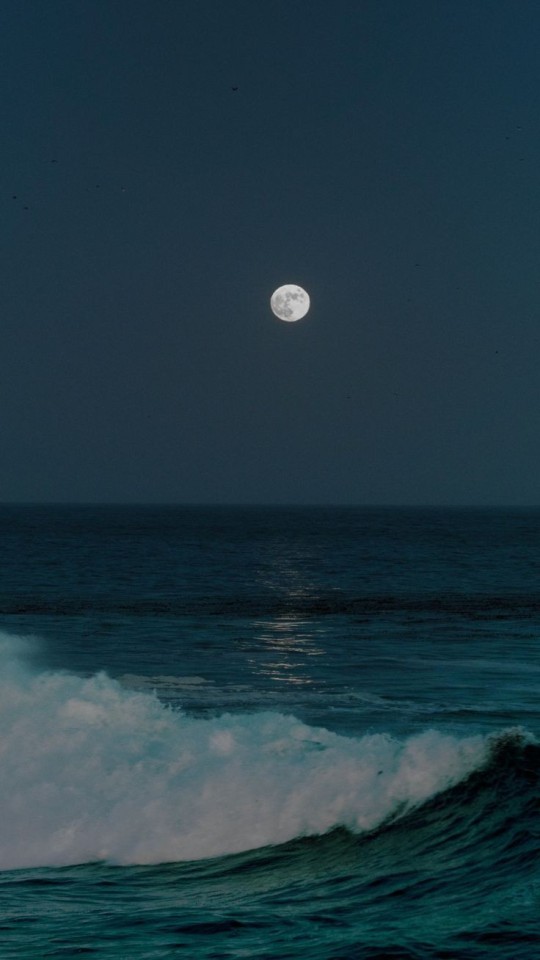Text

This kitten, nicknamed Tarawa, served briefly as the mascot and Ship's cat on a US Coast Guard tank-landing ship during WW II
161 notes
·
View notes
Text
Special sails
We are more familiar with ships that go up to the topgallant sail (t'gallant or t'garns'l), but there are still some special sails that are above it, these are the Royal, the Skysail and above that the Moonraker. Because of the height they reached, these ships were also called skyscrapers, but please do not confuse them with the skyscraper sail, which was hoisted above them in a triangular shape on much larger ships like clipper or steal barques during the 19th and early 20th century.

Royal
A royal is a small sail flown immediately above the topgallant on square rigged sailing ships. It was originally called the "topgallant royal" and was used in light and favourable winds. Royal sails were normally found only on larger ships with masts tall enough to accommodate the extra canvas. Royals were introduced around the turn of the 18th century but were not usually flown on the mizzenmast until the end of that century. It gave its name to a Dutch term for a light breeze-the Royal Sail Breeze or bovenbramzeilskoelte was a Force 2 wind on the Beaufort Scale.
Skysail
In the course of the 18th century (although the first written records do not exist until 1807), skysails began to be hoisted over the Royal, again in good weather and light winds.
Moonraker
The word itself dates back to the 18th century and was the name for a sail that was hoisted directly above the sky sail, and it was only hoisted when there was very little wind, because if the wind was too strong, it would simply tear off.

The Regina Maris, a danish barquentine from 1908 with a watersail ( red circle)
Watersail
A watersail is a sail hung below the boom. It is used mostly on gaff rig boats for extra downwind performance when racing. Often a watersail will be improvised from an unused foresail. Its psychological effects may be more effective than its aerodynamic ones. Surprisingly, its use can be traced back to as early as 1373. Possibly even earlier, since the 12th century.
100 notes
·
View notes
Text
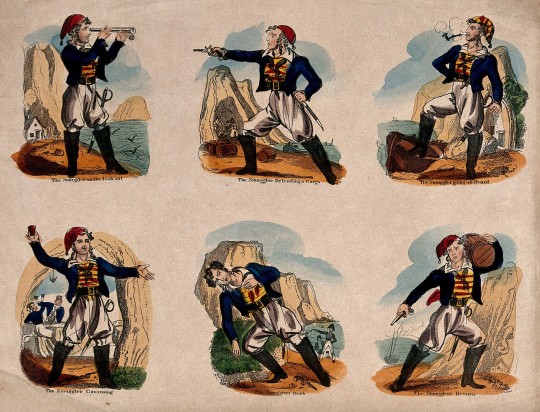
'A smuggler shown at different stages and points of his chosen profession', 19th century coloured etching (Wellcome Collection).
Odd choice to depict "The Smuggler's Death" at bottom centre followed by "The Smuggler's Return," when reading left to right. No matter what direction you go, death is but a temporary obstacle in his career.
141 notes
·
View notes
Photo

Blue Bristol witch ball handpainted with a ship and […] the lass that love’s a sailor and For my Sister on the back, late 18th - early 19th century
A witch ball is a hollow sphere of glass. Historically, witch balls were hung in cottage windows in 17th and 18th century England to ward off evil spirits, witches, evil spells, ill fortune and bad spirits.
Superstitious European seafarers valued the talismanic power of witch’s balls to protect their homes and the For my Sister on the back suggests that the ball was made by her seafaring brother.
169 notes
·
View notes
Text

The Edmund Fitzgerald on my new Great Lakes Freighters mug <3
#I know I mostly post age of sail here but this is like... the second most famous shipwreck#of course it goes here#edmund fitzgerald
37 notes
·
View notes
Text

trying not to overly memoralize the actual men of the franklin expedition but "a parents painful anxiety" is giving me heart palpitations
47 notes
·
View notes
Text

experimenting with my style a little bit but here’s queequeg and ishmael mid whale ramble
101 notes
·
View notes
Text

Nagasone Tojiro Mitsumasa, Helmet in the form of a Sea Conch Shell, 1618,
iron with traces of lacquer, textiles.
Courtesy Alain Truong
2K notes
·
View notes
Text
This diagram is really helpful in envisioning how sails relate to the various mast sections, and how, for example, double topsails are different from a topsail and a topgallantsail! However, I'm interested by the sails beyond the topgallant—royal, sky, and moonraker. Do those all go on the topgallantmast, or do they get their own mast sections? Also, how do watersails work?
Thanks, as always, for being a fathomless well of knowledge, @ltwilliammowett—you make Tumblr fun!
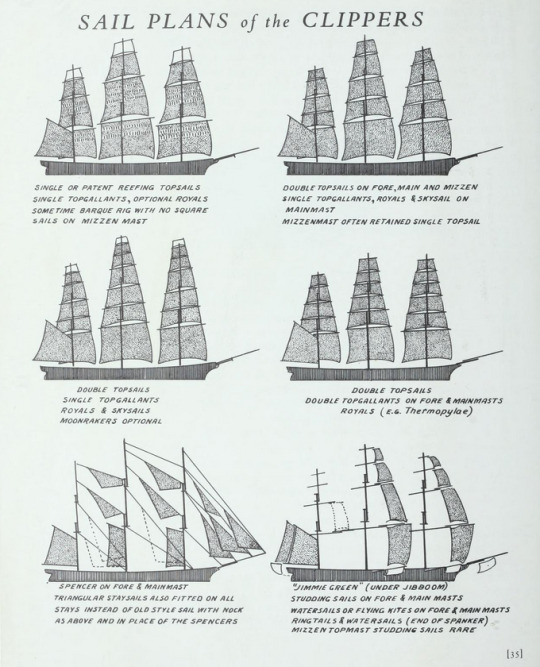
Sail plans of the Clippers - American and British during the 19th century in: China tea clippers, by Campbell, George Frederick, 1974
147 notes
·
View notes
Text

A Royal Navy midshipman portrait dated 1770 - 1799, in the manner of John Dowman, ARA (Ruabon, North Wales, 1750 – Wrexham 1824).
42 notes
·
View notes
Text




THE TERROR ▸ 1.09 the c, the c, the open c
#someone pointed out how much neater Peglar's body looks here than he did when he collapsed while hauling#how Bridgens must have cleaned him up#made him presentable for his last voyage to the great beyond#what if i cried#the terror
115 notes
·
View notes
Text
"We suspected East was not our brightest star to follow"
I'm currently doing a rewatch of The Terror with my merry band of IRLs known as the Gay Pirates. However, for the duration of our Terror watch, we have rechristened ourselves the Gay Boat Cannibals.
Every time I watch this show—this will be my third watch overall—I realize what a horrible go of it the lieutenants specifically are having. Having just rewatched episode 2, I’m very struck by how haunted Lieutenant Hodgson looks after returning from the leads party—the only other character with that much of a thousand-yard stare that early on is Collins.

And on returning, Sir John tells him, “We suspected East was not our brightest star to follow”

If I were Lt. Hodgson, I’d be wondering, “Did Sir John really just send me out into unknown horrors just to own Captain Crozier?

I think he did—or at least, that he assigned the Terror lieutenant to the eastern party for not-unrelated reasons.
#the terror#the terror amc#amc the terror#george hodgson#sir john franklin#francis crozier#george hodgson and the terrible horrible no good very bad expedition
56 notes
·
View notes
Text
happy 176th victory point note day to all who celebrate!

25th April 1848
HMShips Terror and Erebus were deserted on the 22nd April 5 leagues NNW of this having been beset since 12th Sept 1846.
The officers and crews consisting of 105 souls under the command of Captain F. R. M. Crozier landed here — in Lat. 69°37’42’’ Long. 98°41’
This paper was found by Lt. Irving under the cairn supposed to have been built by Sir James Ross in 1831 — 4 miles to the Northward — where it had been deposited by the late Commander Gore in May June 1847.
Sir James Ross’ pillar has not however been found and the paper has been transferred to this position which is that in which Sir J. Ross’ pillar was erected.
Sir John Franklin died on the 11th of June 1847 and the total loss by deaths in the Expedition has been to this date 9 officers and 15 men.
[signed] F. R. M. Crozier Captain & Senior Offr
And start on tomorrow 26th for Backs Fish River
[signed] James Fitzjames Captain HMS Erebus
300 notes
·
View notes
Text


An ode to my weird recurring dream in which an unnaturally tall wave towers over me.
15K notes
·
View notes
Text

A few Fresnel lenses from my visit to the National Museum of the Great Lakes! This one is a fourth-order lens from the lighthouse on Ojibwa Island, Lake Michigan, made in 1891.
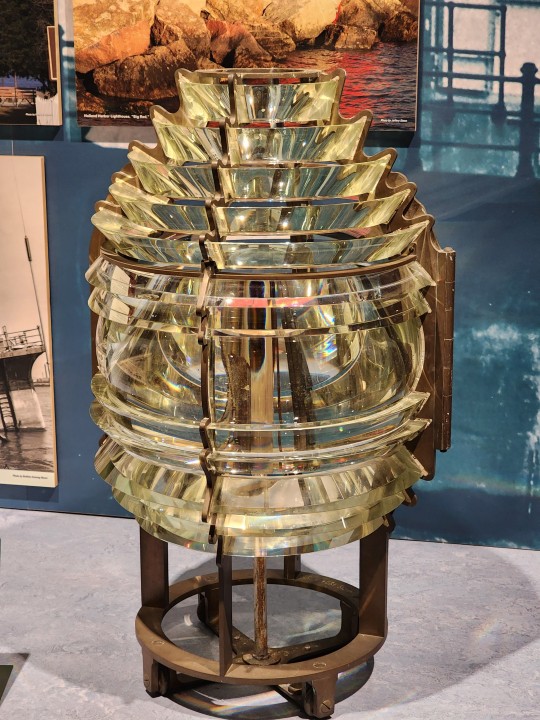
A cute little fifth-order lens, which was used in Sandusky Harbor, Ohio, in 1891.
No first-order Fresnel lenses were used on the Great Lakes, and only five second-order lenses were placed. One of them was in the Spectacle Reef Lighthouse on Lake Huron in 1873, now in the museum:


My photography doesn't give a true sense of scale; that second-order lens is huge.
There is also a model of the lightship Huron, which is now a museum ship you can visit.
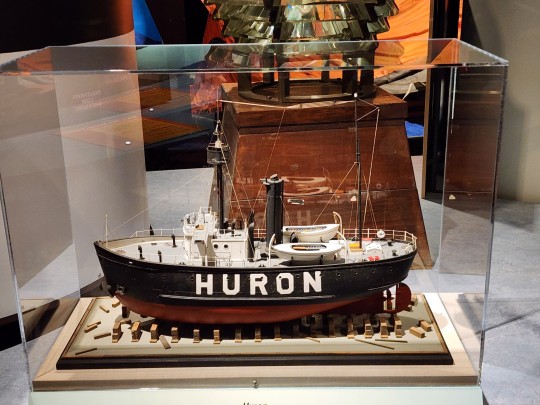
435 notes
·
View notes
